Reader’s Theater in the Classroom
Let’s talk about how you can incorporate reader’s theater in your classroom!
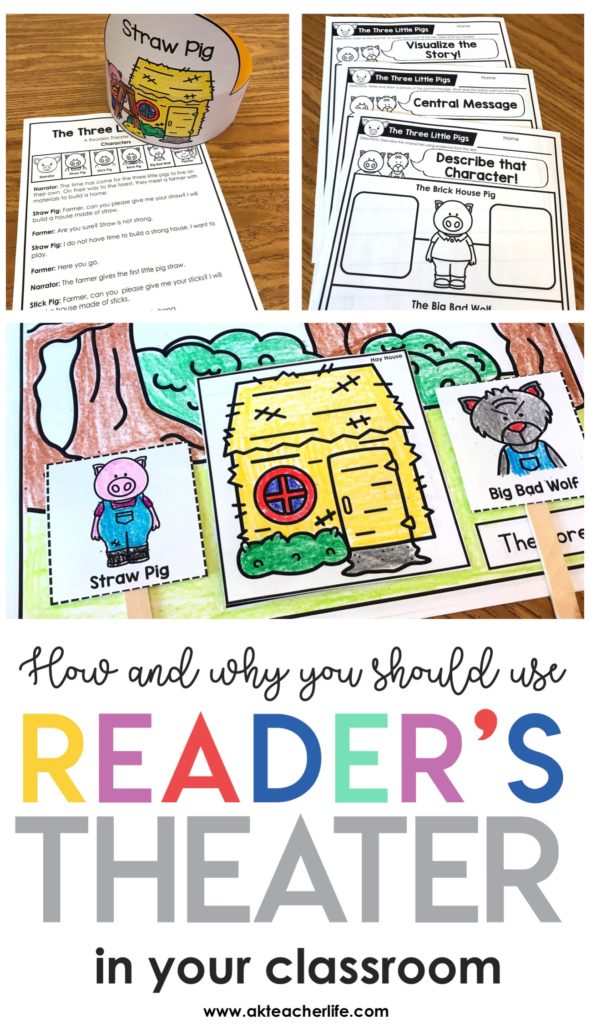
I love reader’s theater and my students do too! The best part about Readers’ Theater is that it integrates reading, writing, speaking, and listening.
How does Reader’s Theater integrate different subject matters?
- Reading – students takes on a role of a character and reads the script in that character’s voice
- Writing – they complete meaningful follow-up text comprehension activities
- Speaking – students practice reading with expression, intonation and fluency
- Listening – students follow along as other students read and have to keep track of who’s speaking and when it is their turn to speak.
To summarize, Reader’s Theater is beneficial for developing students reading skills.
The Benefits of Reader’s Theater
- It’s highly engaging! My students enjoy the responsibility of being a character and acting out a familiar story.
- Everyone can be successful – with practice, all students will be able to read and participate no matter their reading ability.
- Students practice reading with expression
- This is a great collaborative group project
Here’s what you can do:
There are 2 ways that I use Reader’s Theater in my classroom. I put Reader’s Theater scripts and headbands in literacy centers for students to practice. The students practice the script with me first and then I let them practice in small groups. There is usually 1 or more independent readers that can help students that forget words. Since Reader’s Theater scripts are not differentiated for students reading levels, I do not use them in substitution of guided reading.
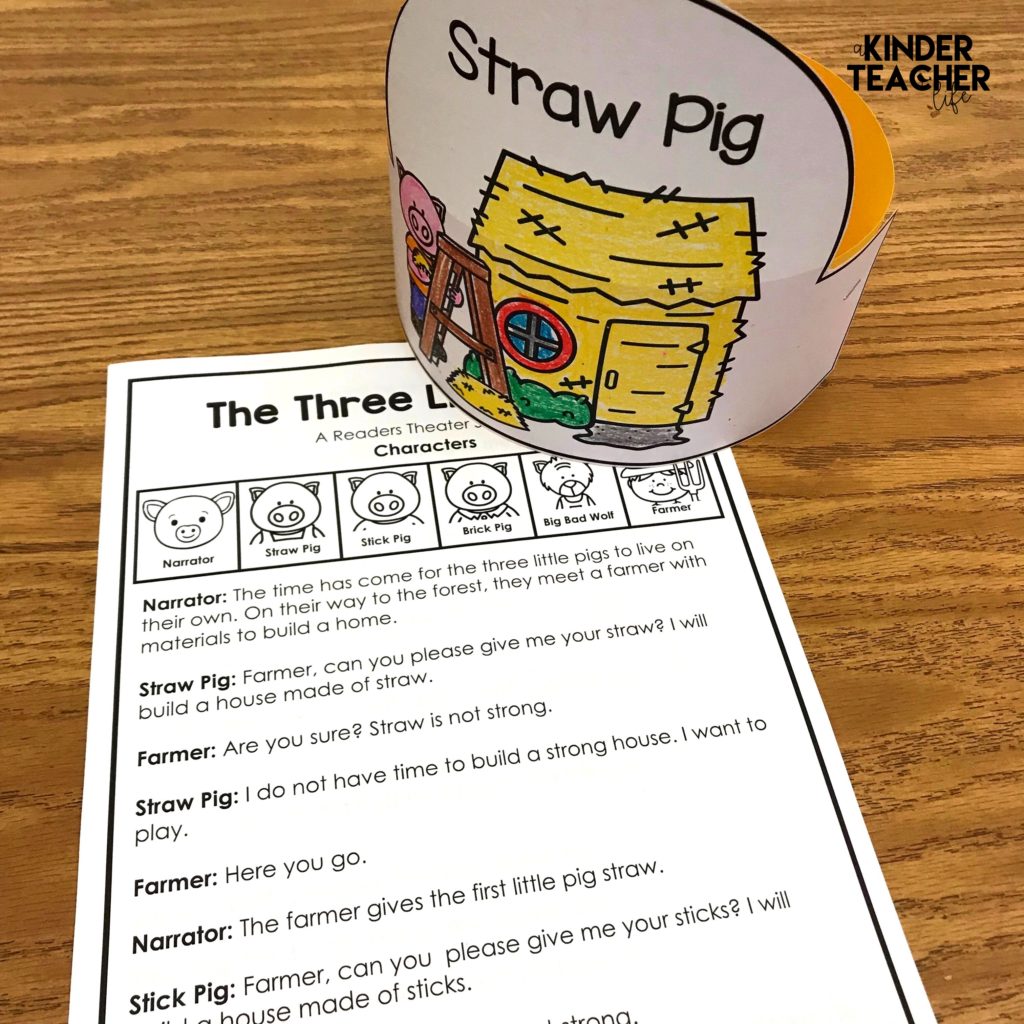
Another way I use Readers Theater is for family events. Parents come to school throughout the year for family events during the holiday seasons and End-of-the-Year events. It’s a great way to show off your students’ reading skills and entertain those who watch it.
Reader’s Theater Essentials
- First, you will need scripts.
- Then, you will need to make character headbands.
- If you are putting this activity in a literacy center, I would make 1 set and color, cut and staple the character headband to construction paper.
- If you are planning on performing the play for parents, assign each student a role and have students color, cut and glue the character band to construction paper. Measure and staple the headband to your students’ head.
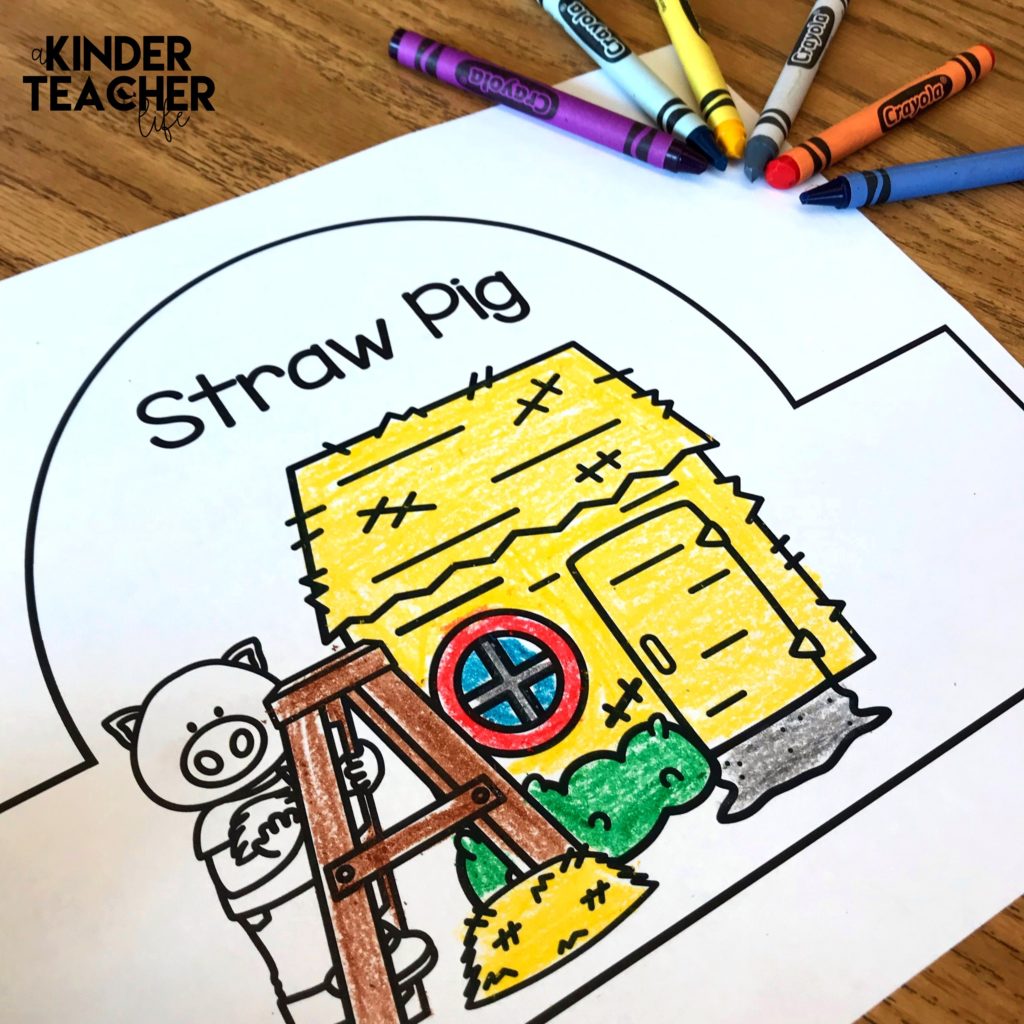
Comprehension
More than just reading, we want students to comprehend what they are reading. I have included several worksheets for students to provide a response (through writing and drawing) to answer questions about the story.
Worksheets included:
- Essential questions you can ask after reading the text
- I Wonder – Students write what questions about the text
- Character Feelings
- New Book Title – Come up with a new book title
- Vocabulary Word – 6 key vocabulary words
- Describing Characters – Pick 2 words to describe 2 characters
- A Major Event- Draw and write the main event
- Retell the story – Identify the story, setting, major events in the story
- Central Message – The author’s message
- Visualize the Story – Read a section of the text and students draw a picture to visualize what you read
- Illustrate the Front of the Book – Draw a picture to illustrate the front of the book
- Creative Thinking – students draw a picture and add labels that answers a question about the story. The question is open-ended and could possibly be used a S.T.E.A.M. activity
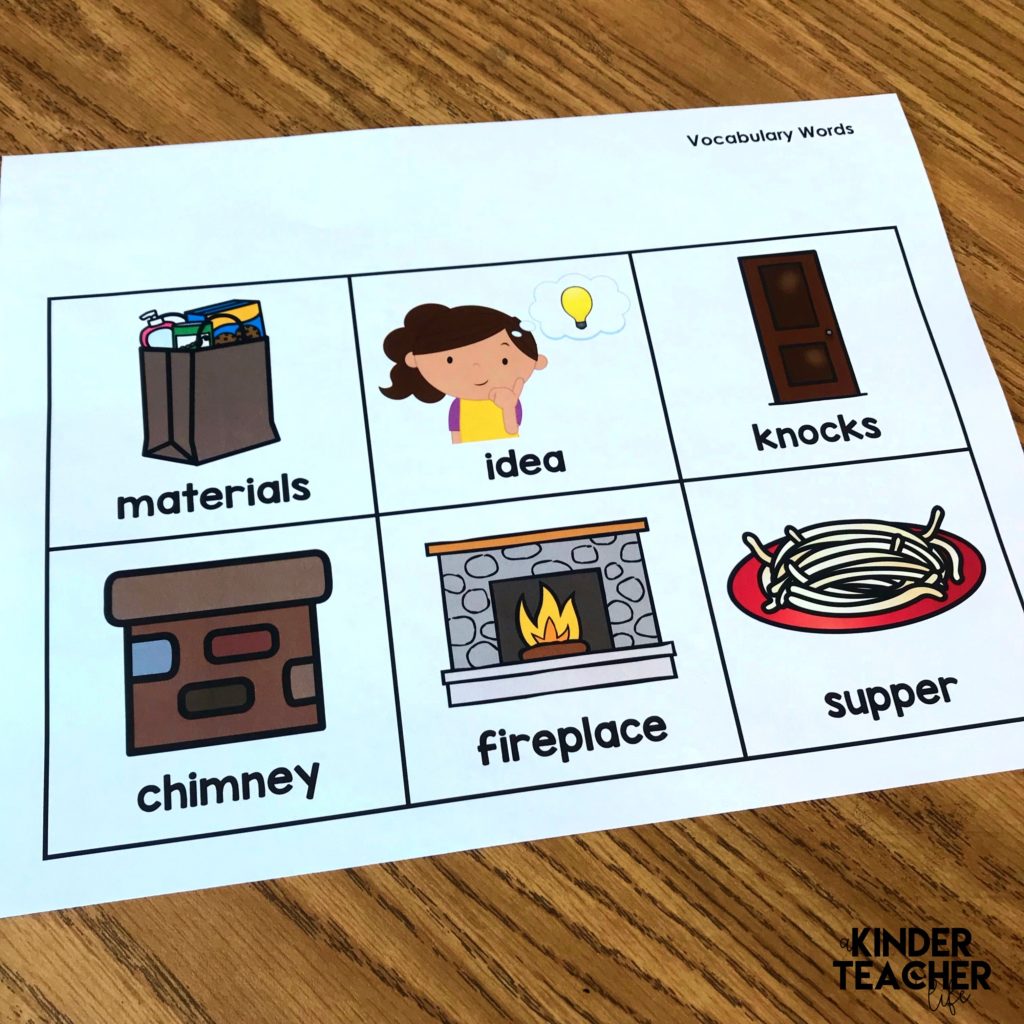
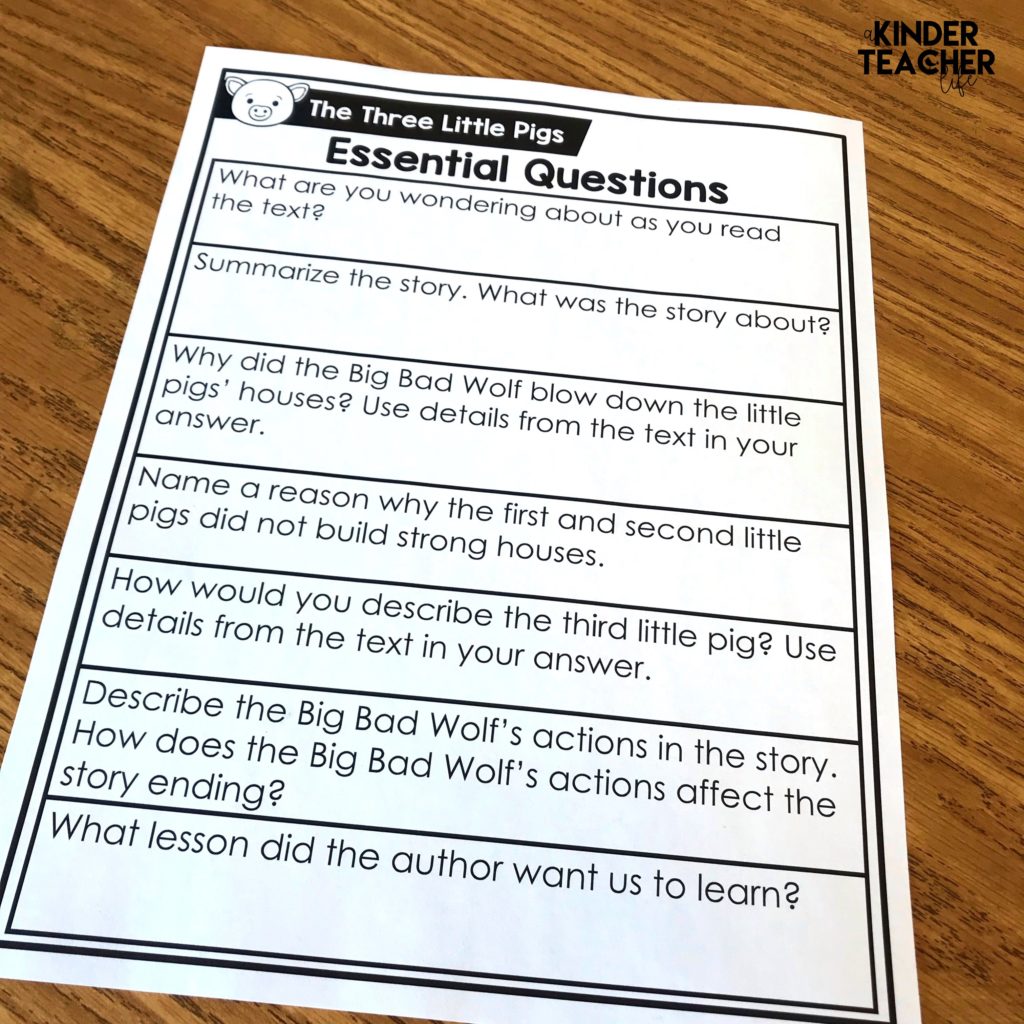
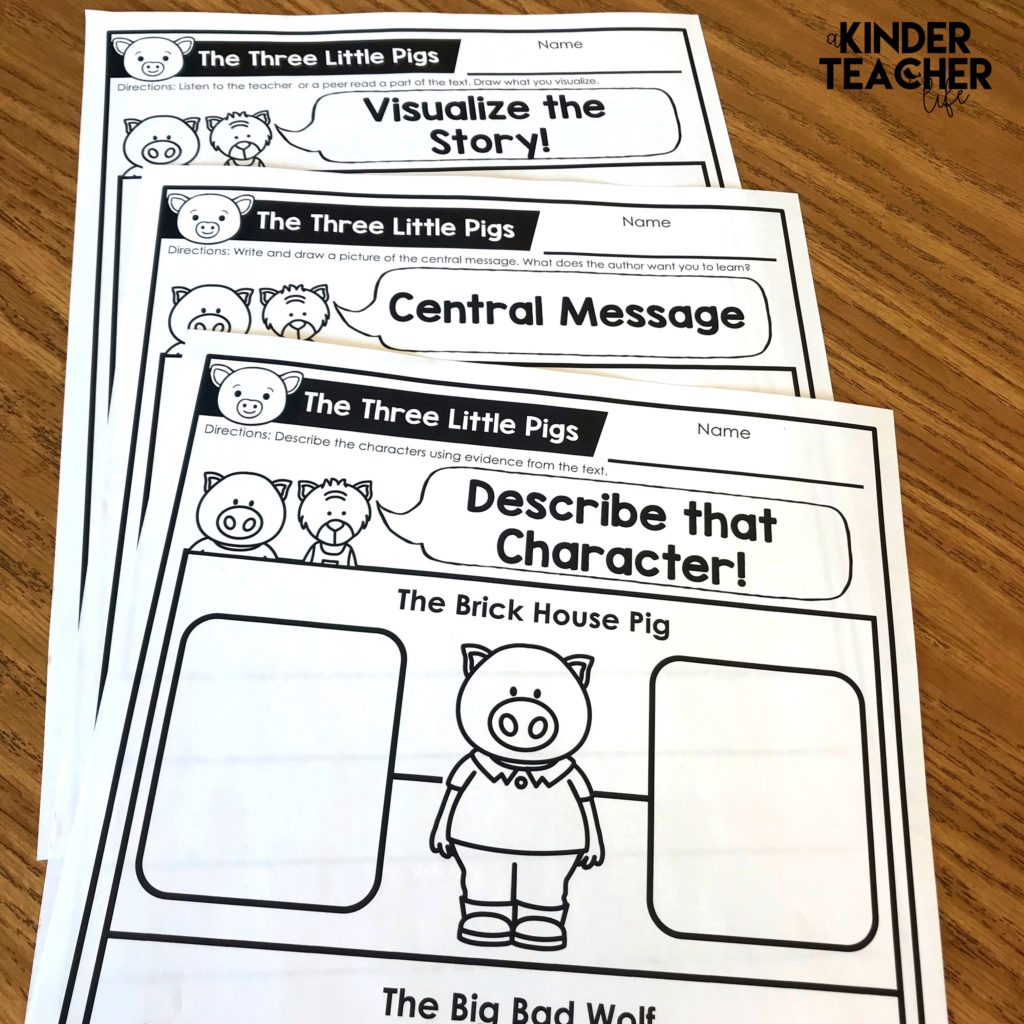
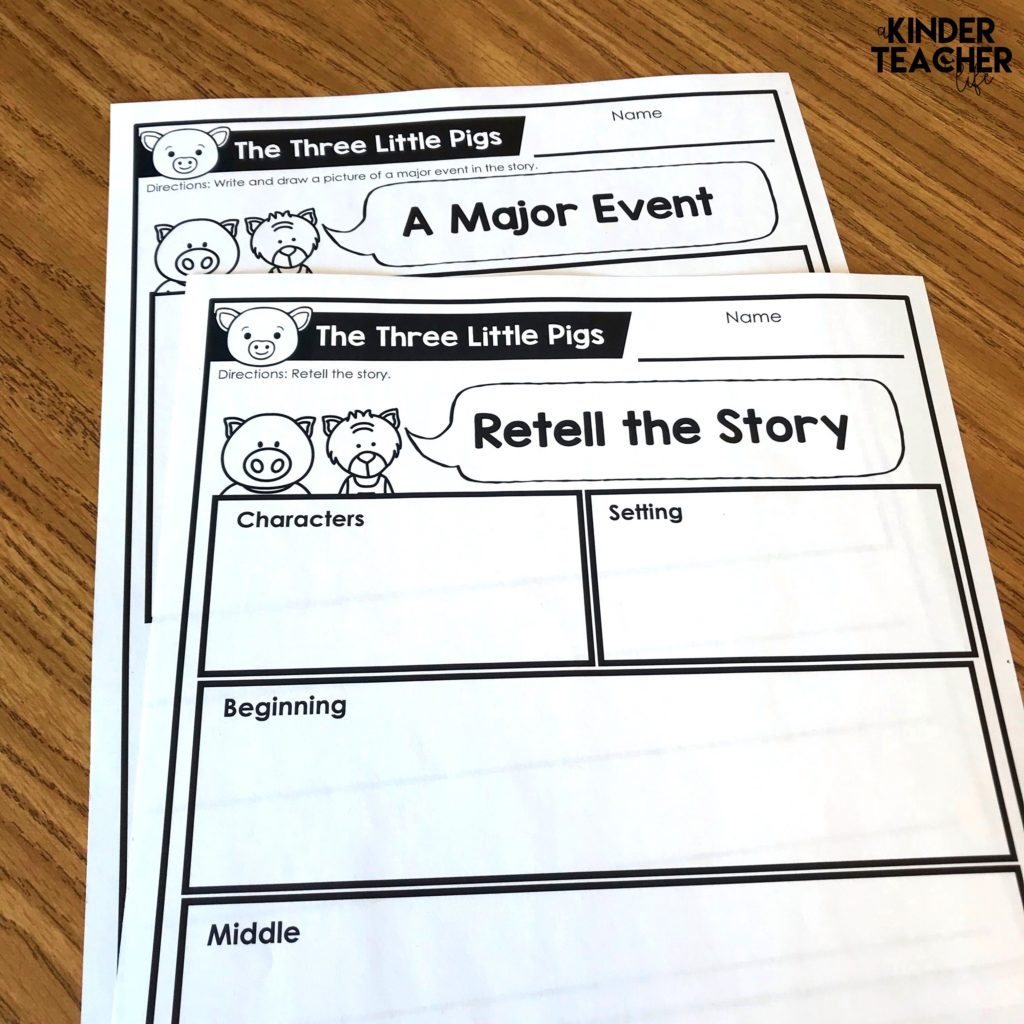
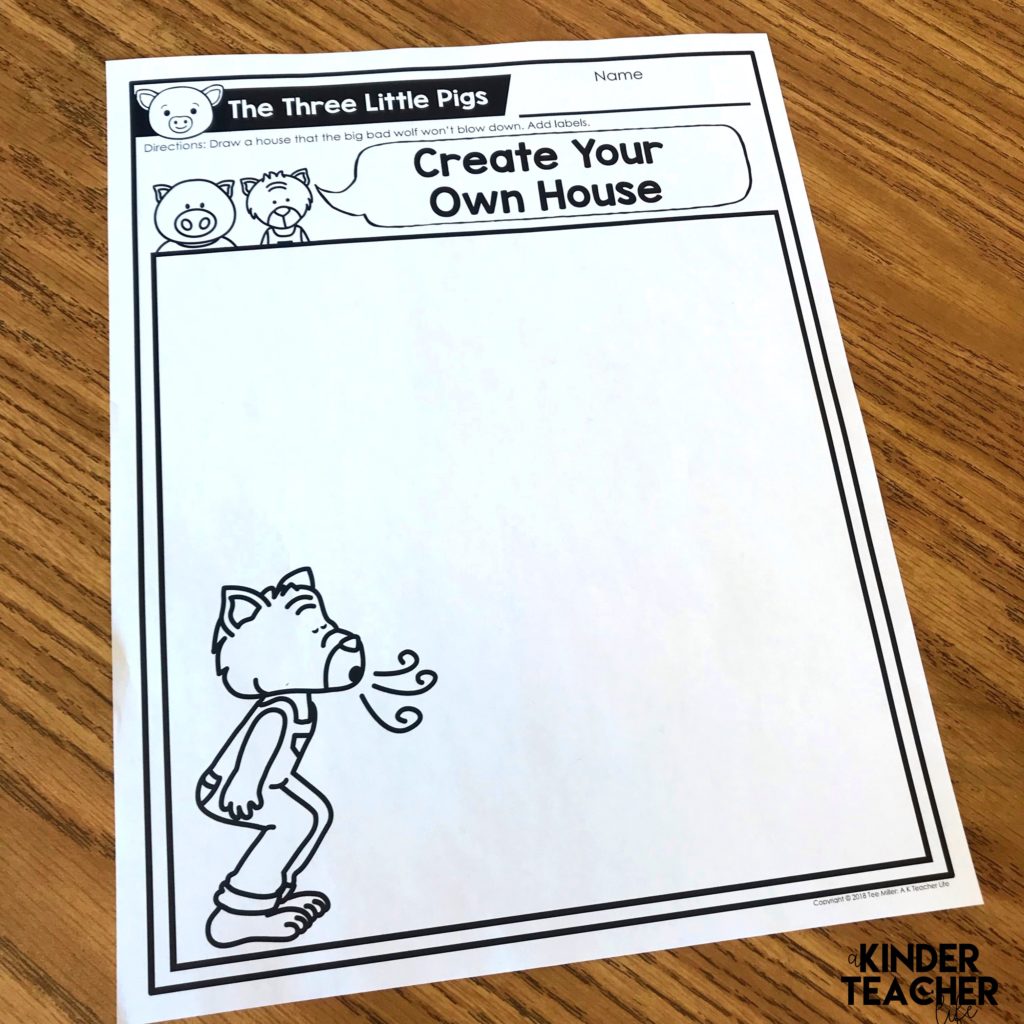
Retell the story by using a puppet show!
Retelling is one of the most important comprehension skills that we teach primary students. Students get better at retelling with practice. A puppet show is a hands-on activity that can help students retell the story. Here are some pictures of retelling the story The 3 Little Pigs.
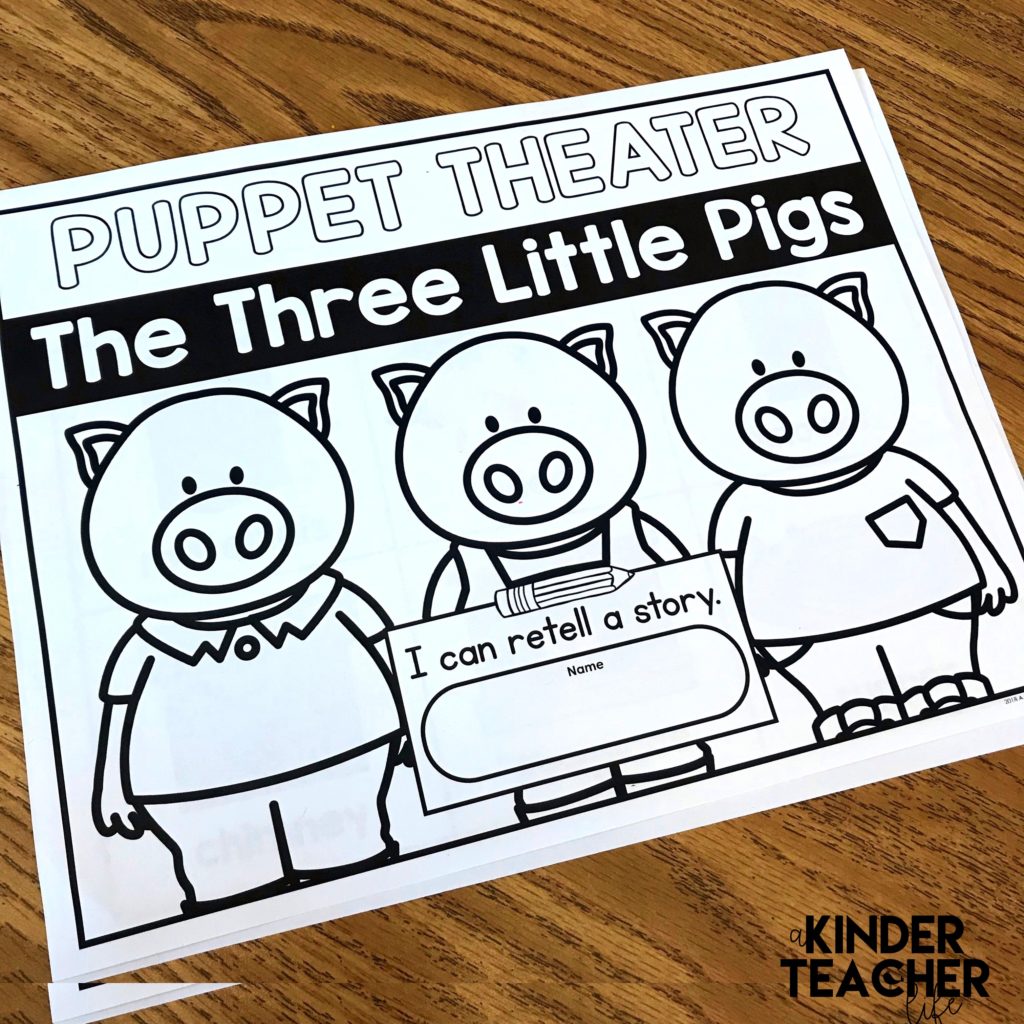
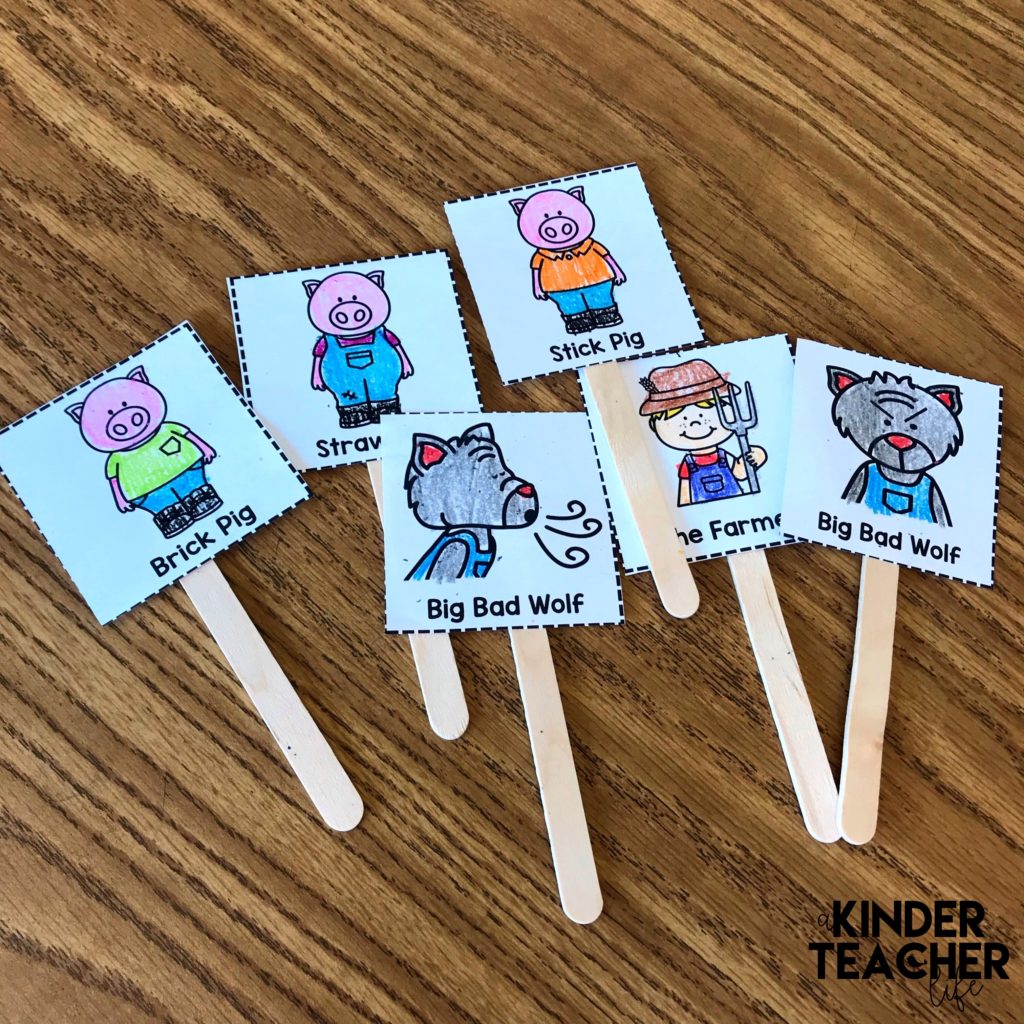
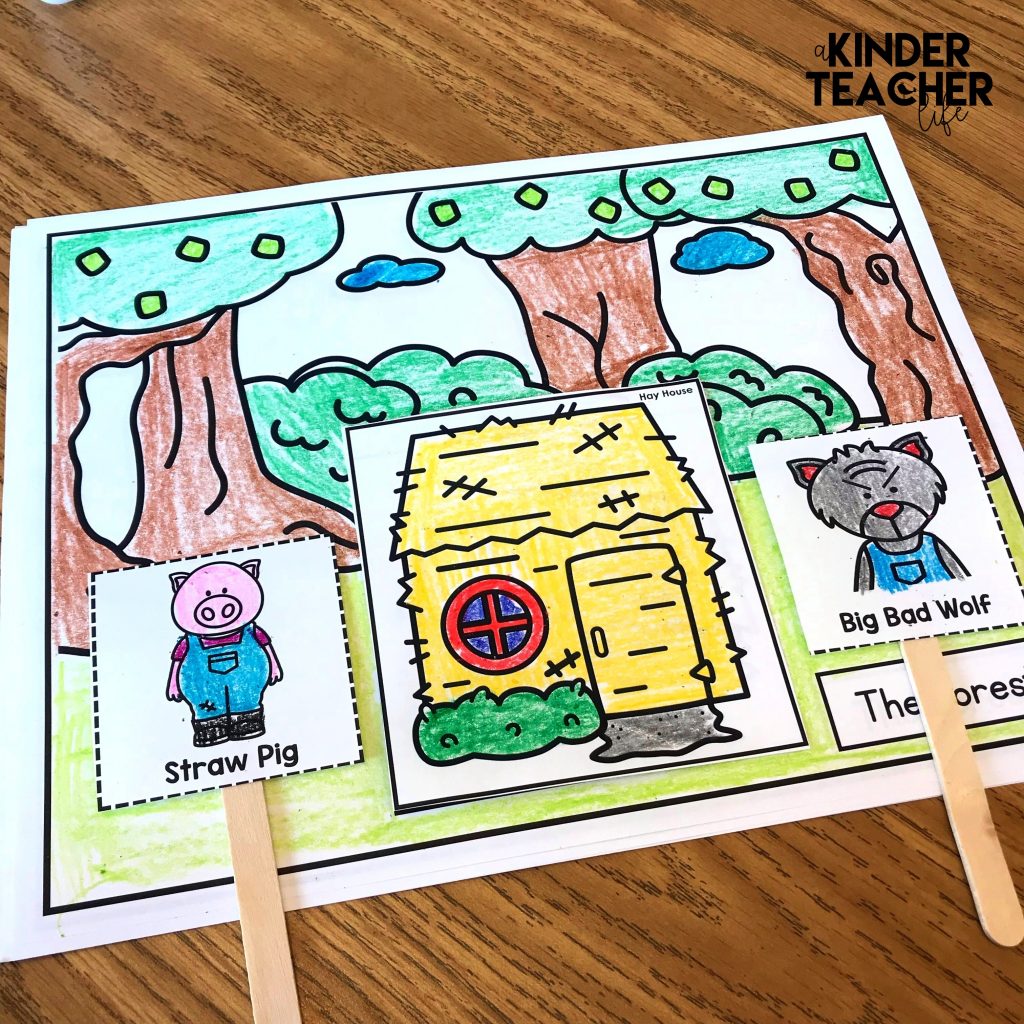
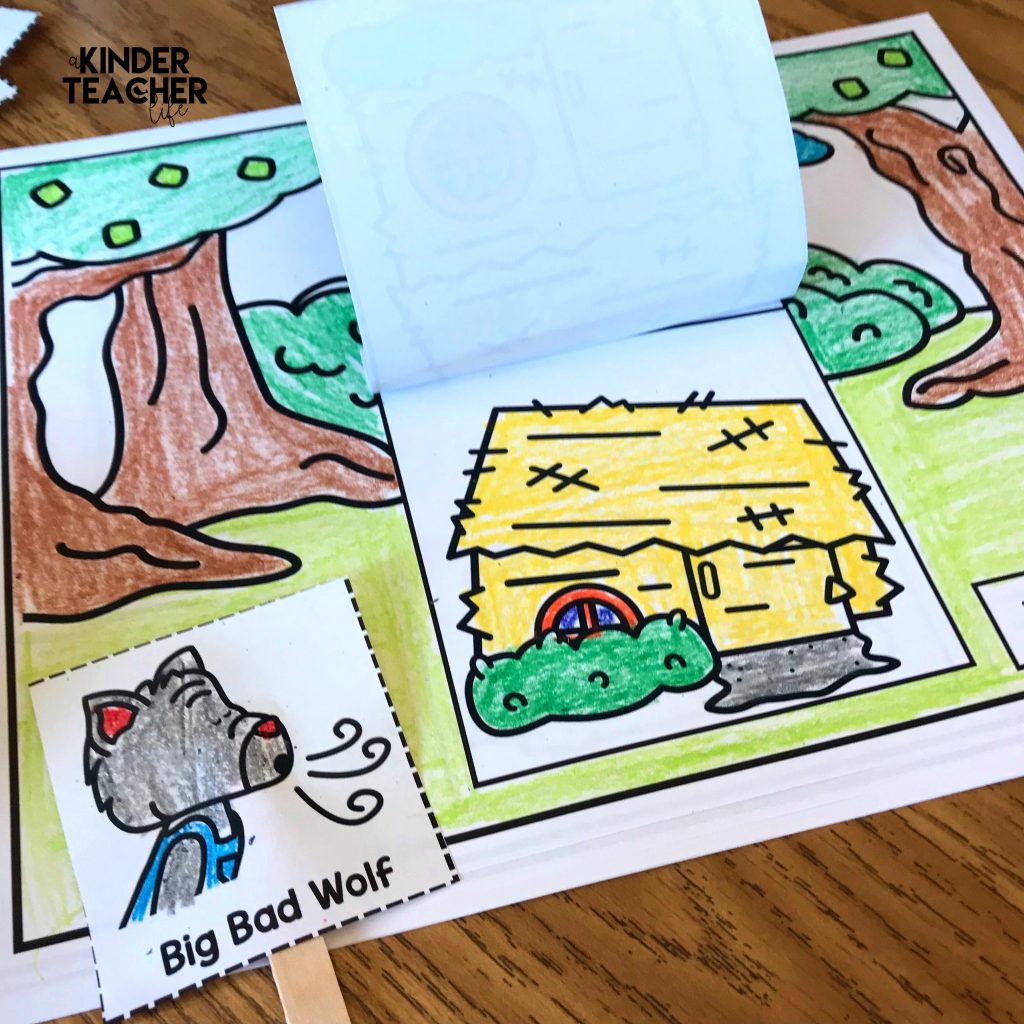
How do you use Reader’s Theater in your classroom? Let me know in the comments section.
Click here for more reading strategies and activities.
Happy Teaching!
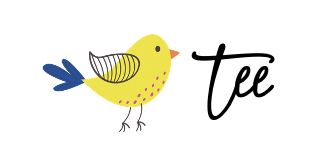


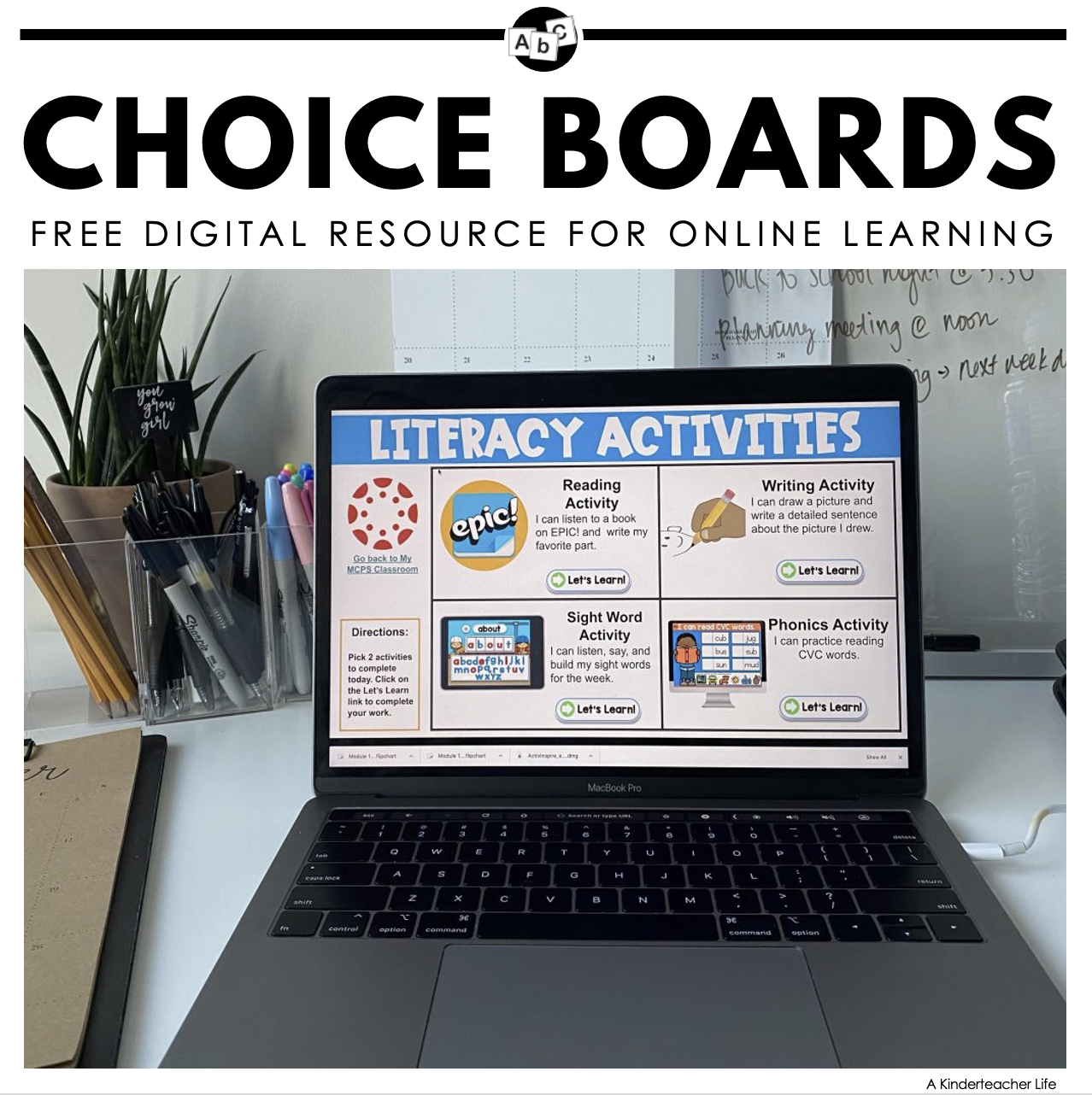
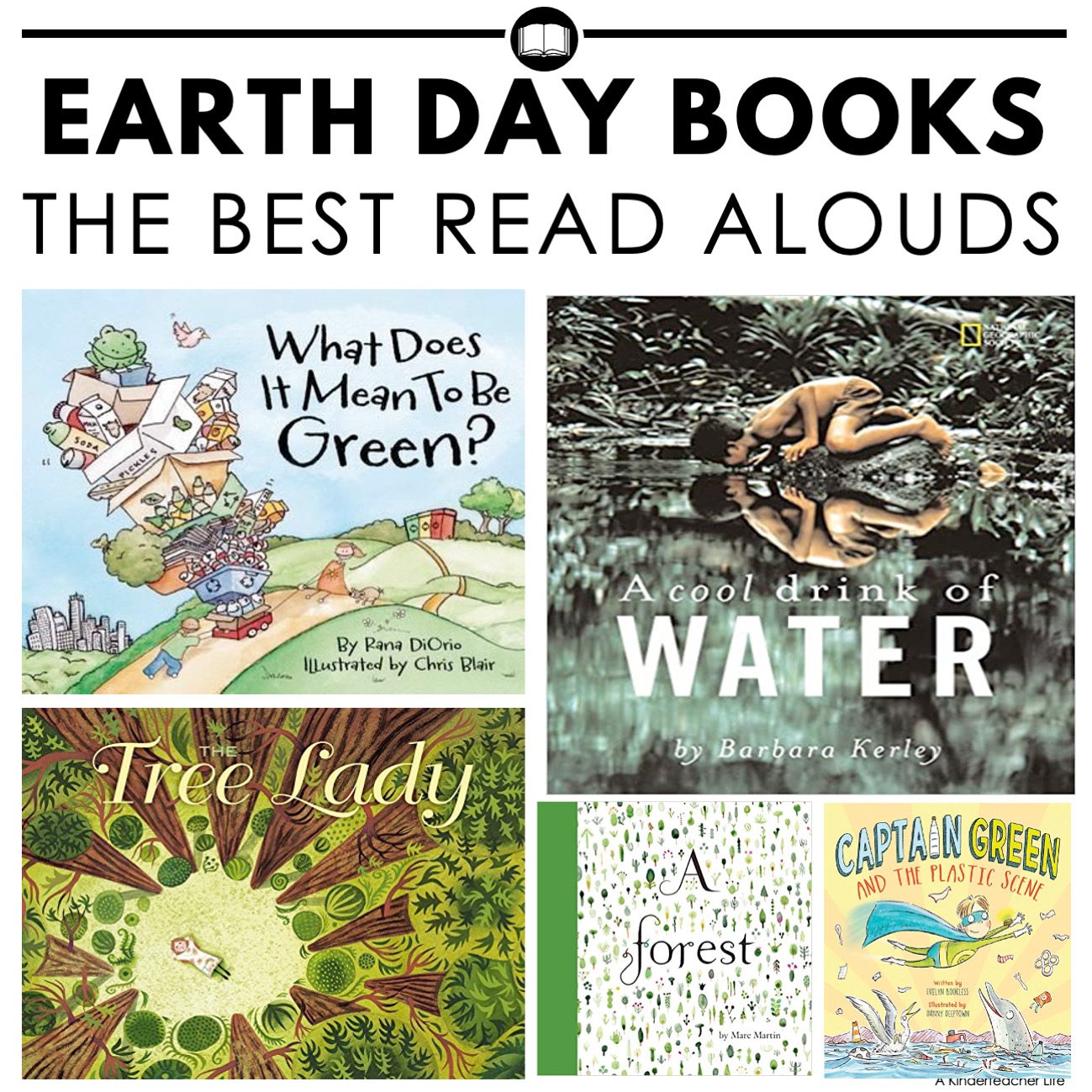

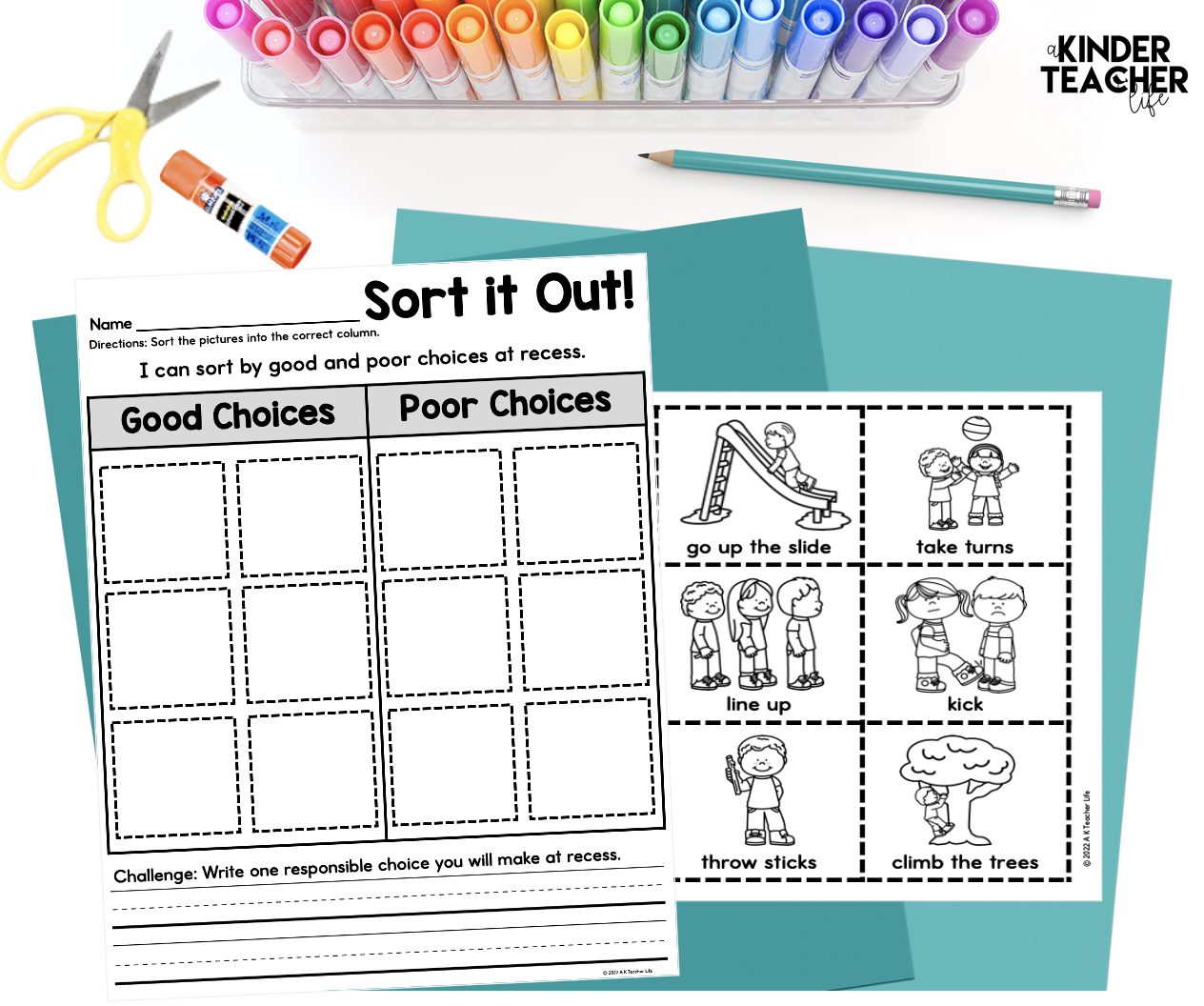
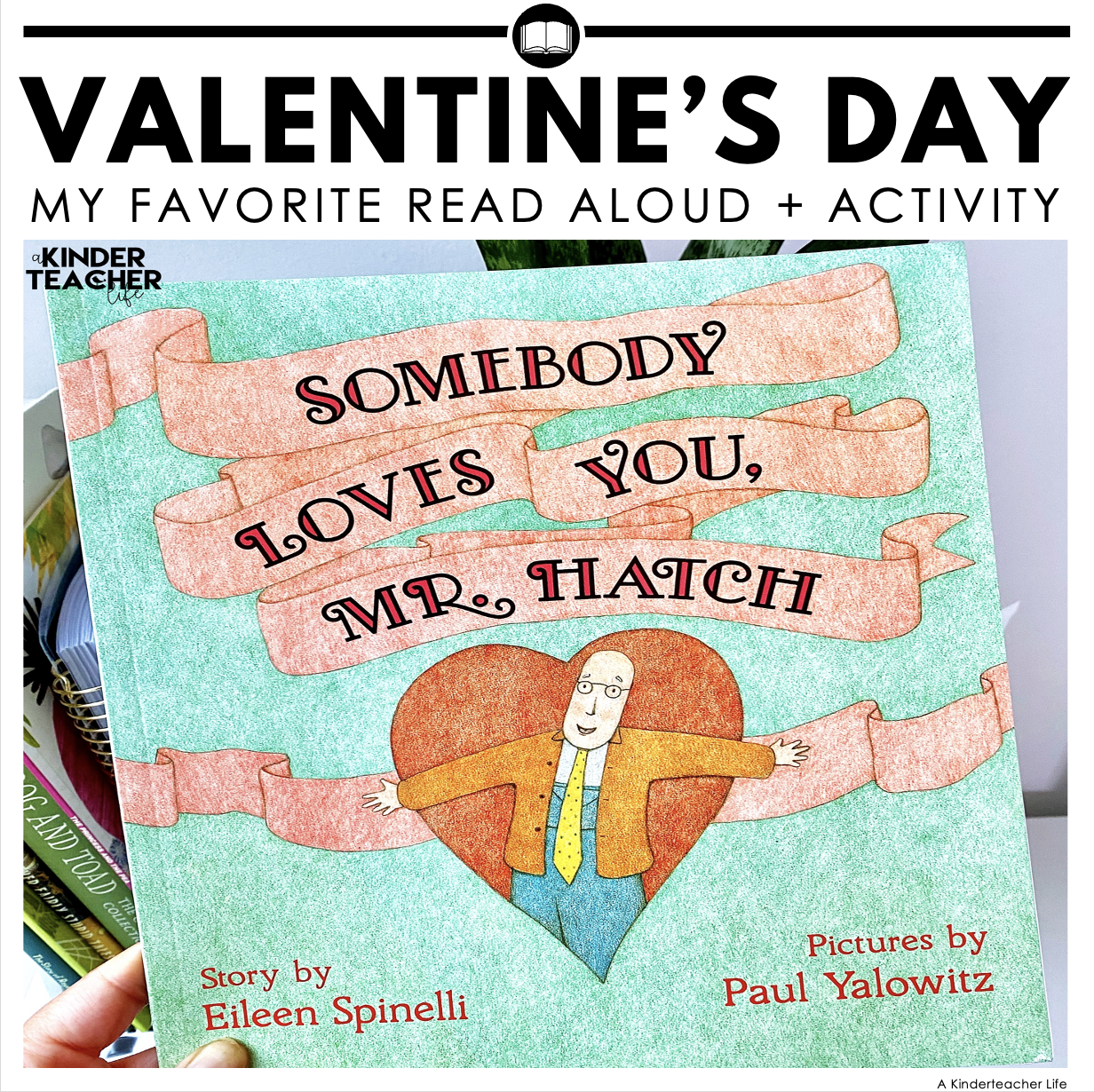
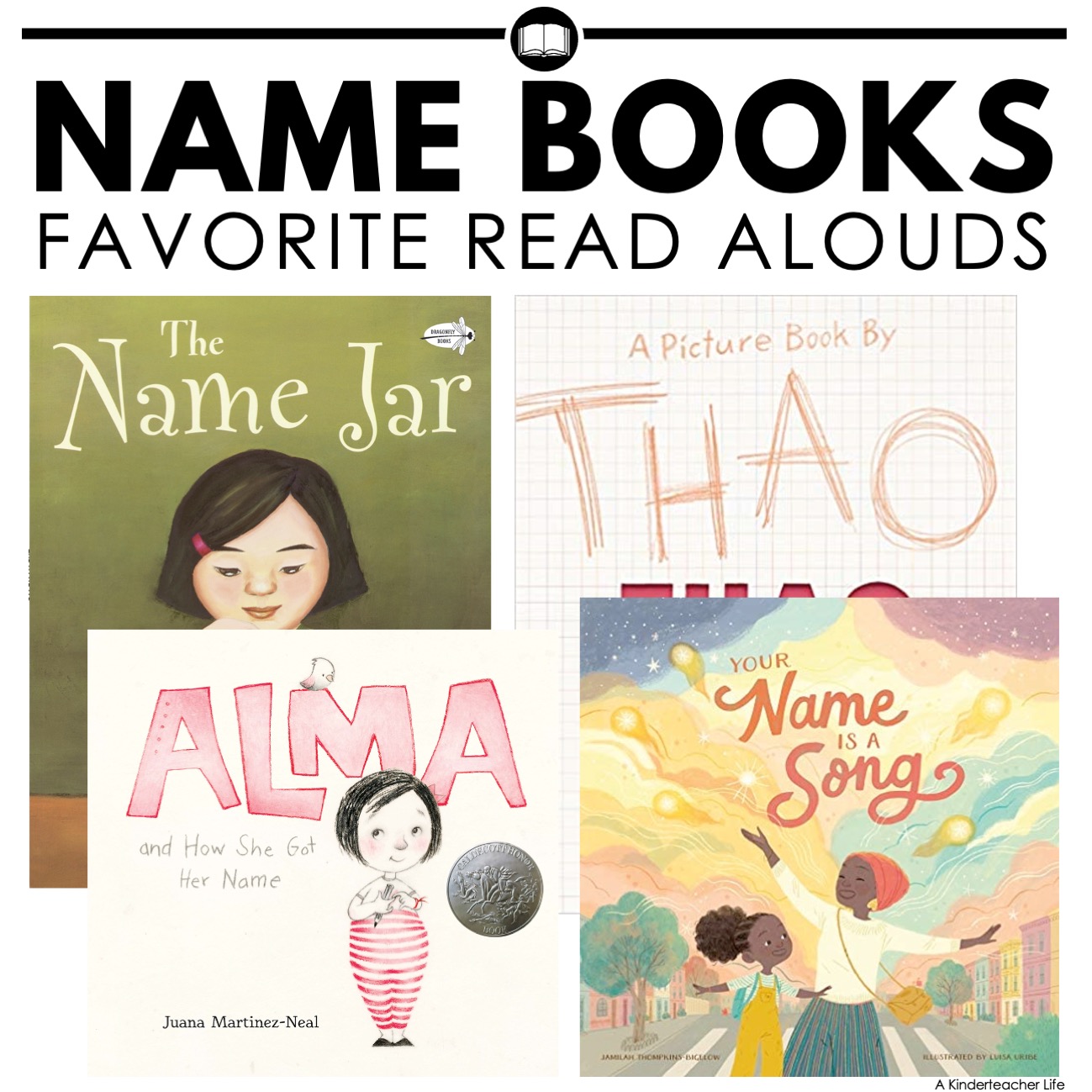

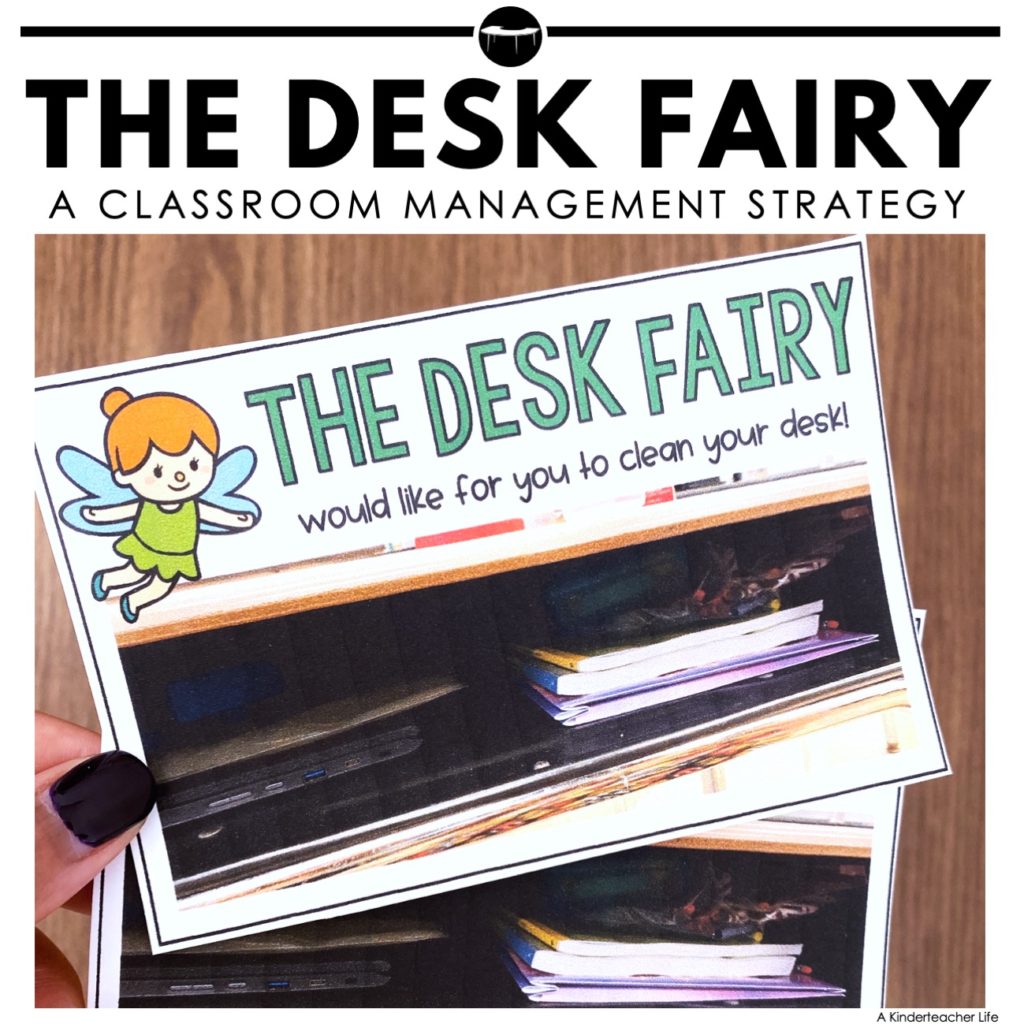
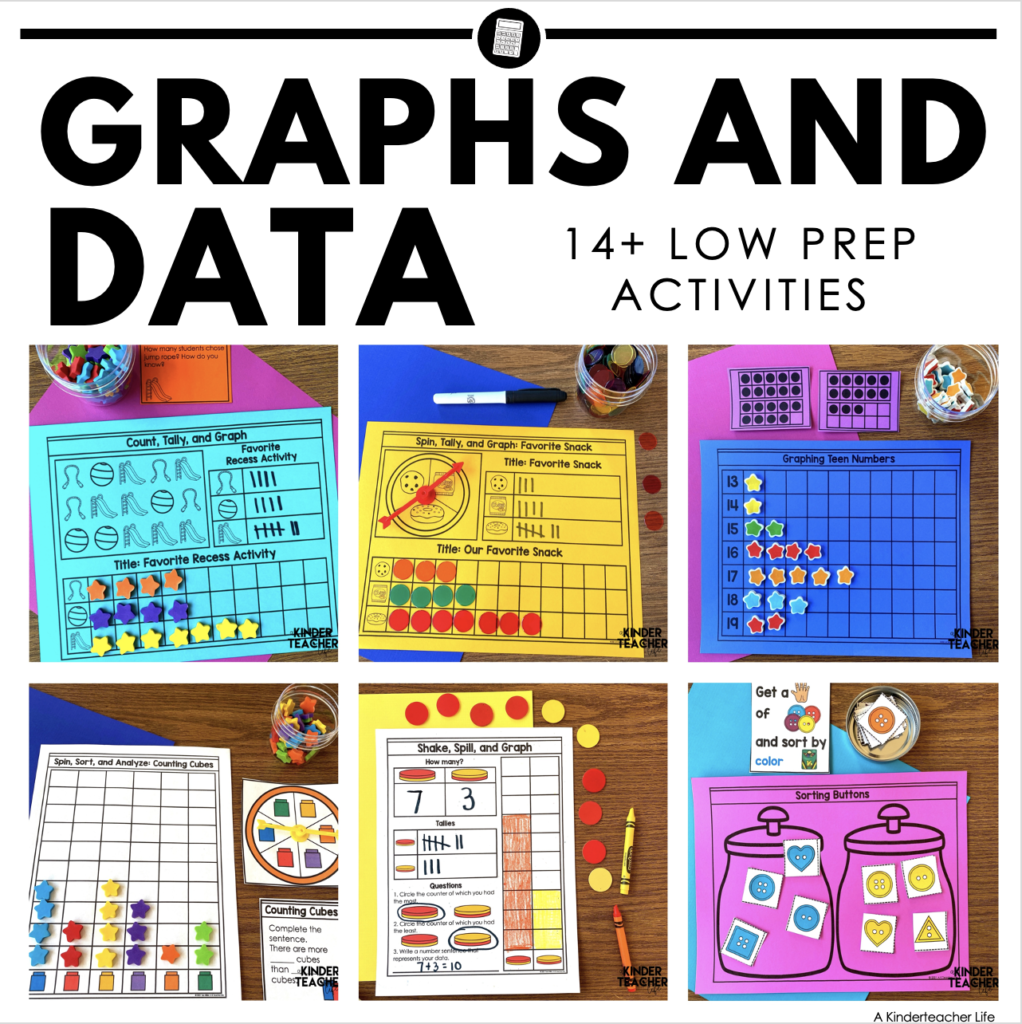

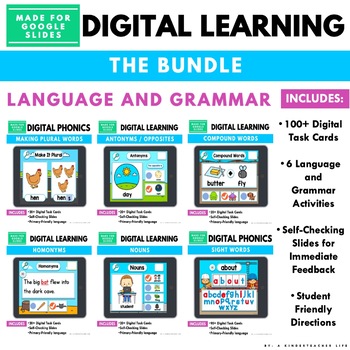
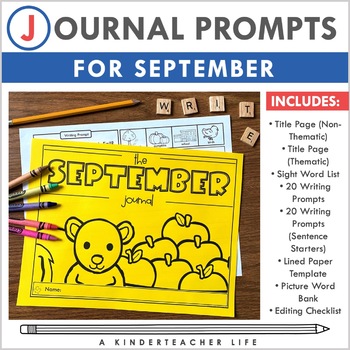
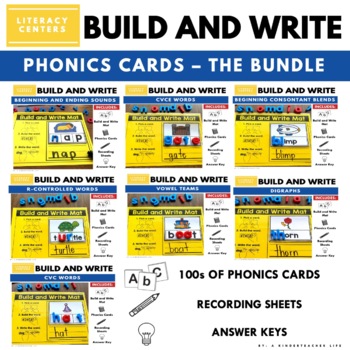

One Comment